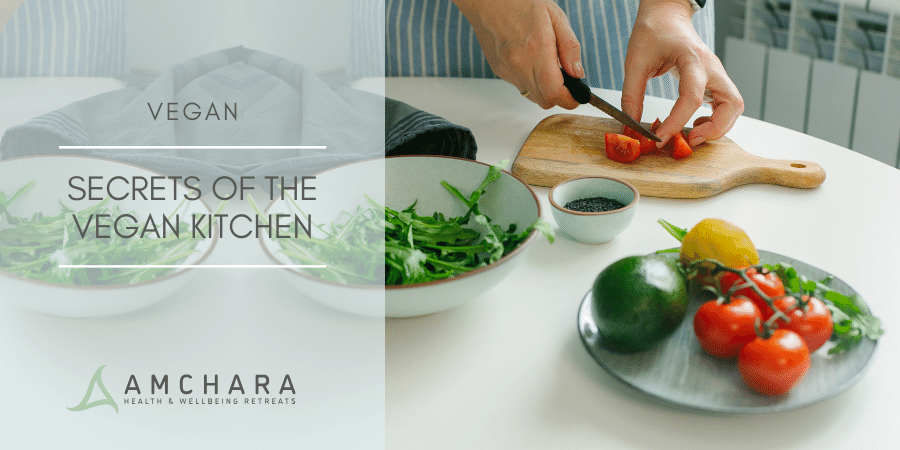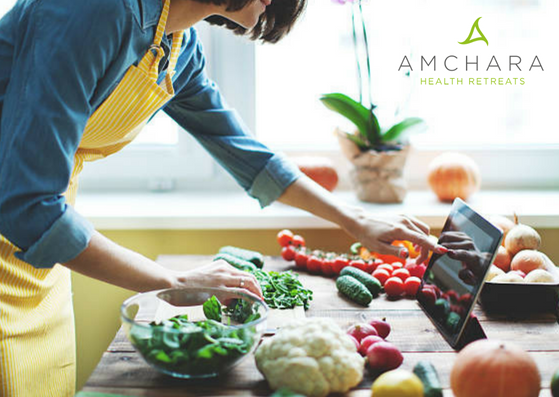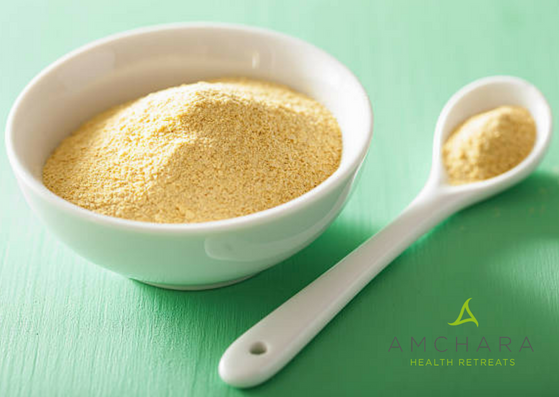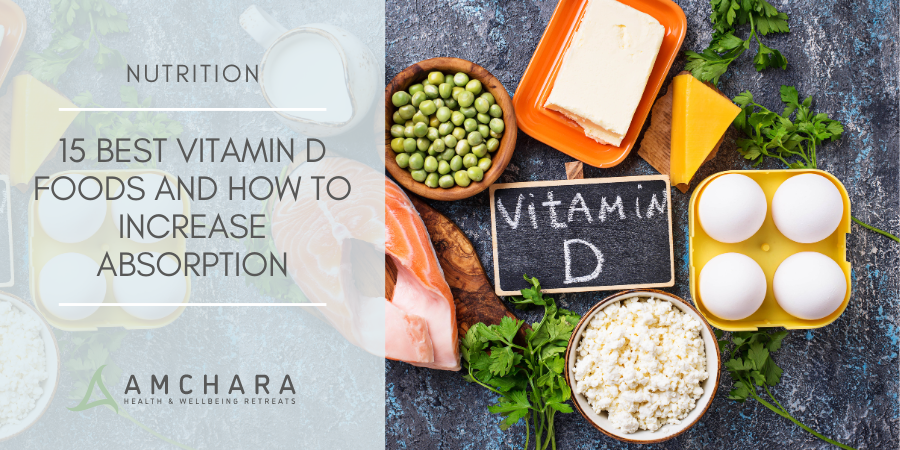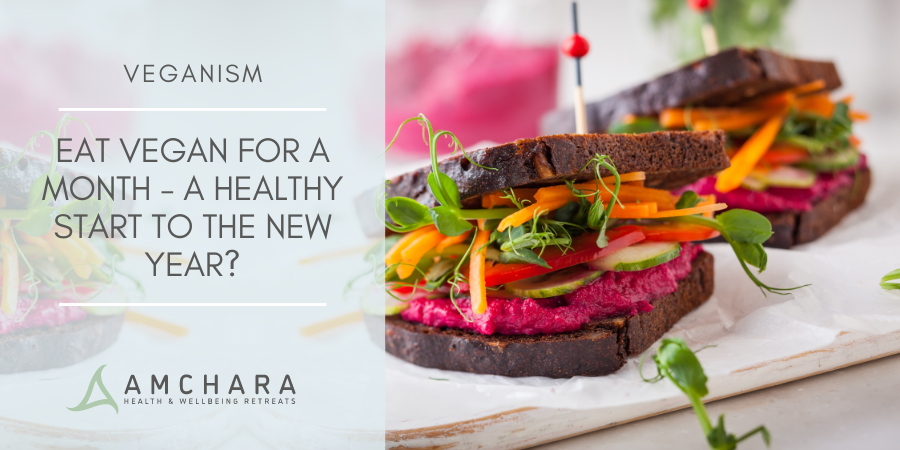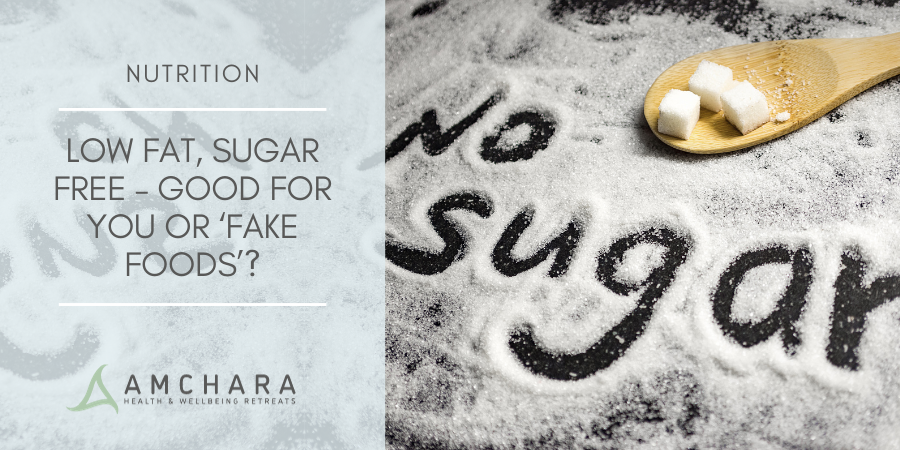Kitchen Pantry Staples for Vegans
Almost all animal proteins contain the eight essential amino acids that we cannot synthesise in the body and therefore have to get from the diet.
The proportions of amino acids vary but those with the correct balance are considered ‘complete’ proteins.
Most plant-based foods don’t have the correct proportions so are considered ‘incomplete proteins’ – although there are exceptions to the rule.
Getting the right balance of amino acids in a vegan diet is essential and for the newly initiated sometimes tricky.
However, contrary to what many people think meeting your protein requirements as a vegan isn’t so difficult providing your calorie intake is sufficient and your diet is as varied as possible.
This means including a mix of whole grains, fruits, vegetables, beans, nuts, seeds, legumes and lots of leafy greens.
Although very strict protein combining isn’t necessary, if you’re interested in maximising the efficiency of your protein intake its worth including a range of ‘complete’ plant proteins in your daily menu.
This ensures you get all of the eight essential amino acids in the right proportions for the body to function effectively and has the added bonus of giving you peace of mind.
Here are 5 of our favourites:
1. Buckwheat
Sounds like it might be related to wheat, but actually it’s not!
The edible part of buckwheat is not a grain but the seed from a plant related to greens like rhubarb, knotweed and sorrel.
Because it is neither wheat nor a grain it has the added advantage for Coeliacs or those that are gluten intolerant of being gluten-free.
As well as being rich in the minerals magnesium and copper it is also an important source of B vitamins.
Studies show that it contains quercetin and rutin – bioflavonoids that may help to reduce blood clots, bruising and varicose veins.
Buckwheat flour is great for making quick and tasty pancakes and buckwheat muesli.
2. Hemp Protein
Hemp is one of the oldest cultivated plants known to man.
The seed of this plant is now recognised as a powerhouse of nutrition.
Not only is it a ‘complete’ protein containing a wide range of amino acids, it is also a valuable source of fibre – great for encouraging healthy bowel movements.
Furthermore, it is an exceptionally rich source of both omega 3 and omega 6 fatty acids.
These essential fatty acids are vital for hormone balance, healthy joints and brain function.
Unlike soybean, pesticides are used minimally on hemp plants and thus have little impact on the environment and additionally have no history of genetic modification.
3. Soybeans
Probably the most commonly known and widespread plant-based complete protein. It is a particularly useful addition to a vegan diet because of its versatility.
Soybeans provide the raw materials for a range of foods including tofu, natto, tempeh, miso, soy flour, soy sauce and soya dairy alternatives like margarine, milk and yoghurt.
It has the additional benefit of being low in saturated fats and is cholesterol free.
Although GM soya is widespread and contained in many processed foods it is still possible to source non-GMO soy products from your local health food shop and some supermarkets.
4. Quinoa (keenwah)
Hard to pronounce but a perfect choice for vegans on the hunt for complete proteins.
Quinoa contains a total of twelve amino acids: cysteine, lysine arginine, isoleucine, leucine, phenylalanine, threonine, proline, tryptophan, valine and tyrosine.
As well as being a complete protein this grain-like seed is also gluten-free and a great source of potassium, phosphorous, magnesium, iron, calcium, Folate.
Boiled or simmered it has a similar texture to couscous. Quinoa Porridge.
5. Amaranth
The seeds of this plant can be ground into nutritionally rich gluten-free flour which makes excellent tasting flatbreads, cereal and kinds of pasta.
It is also an exceptional thickener for soups and stews.
Amaranth is particularly rich in magnesium, iron, selenium and manganese.
Compared to wheat it has much higher concentrations of Folic acid a nutrient best known for the prevention of birth defects.
The protein content in amaranth is one of the best: cup for cup it has 28.1 grams of protein compared to the 13.1 grams found in rice and 26.3 grams in oats.
Nooch – Yeast – the best vegan kitchen secret!
Vegans are constantly looking for exciting ways to be able to mix up their cooking and make meals more exciting, and nutritional yeast, or nooch, is one of the best vegan kitchen secrets.
Nooch is a little like baking or brewer’s yeast except that it is not live and so it doesn’t ferment beer or make bread rise.
And what’s great about it for vegans is that it is brimming with nutrients.
For one, nooch contains high levels of vitamin B12, which is a nutrient essential for good health of the body.
But this stuff is an absolute staple in many vegan’s kitchens as there are loads and loads of things that you can do with it in your vegan cooking.
It is cheesy, creamy and adaptable and you can use it to make lots of dishes even better.
Here is a short video explaining what Nooch is [3:11]
So, here are some of our favourite ways of using nutritional yeast.
Of course, none of these ways uses actual cheese, or they wouldn’t be vegan.
But yeast can give a truly yummy cheesy flavour.
- Vegan Mac n’ Cheese
Nutritional yeast is a great way to make a cheesy sauce.
Just mix around 60-65g of nooch with 60ml of warm water and lashing of olive oil, plus a dash of salt and pepper.
Mix up well and serve over a bowl of warm freshly cooked macaroni pasta, et voila! Vegan macaroni cheese! For an added boost, add sauted spinach or kale to it – yum!
- Grilled Vegan Cheese
With a little nutritional yeast, you can make up a great raw vegan cashew cheese that you can spread onto crackers or bread and grill“ or simply use as a cheesy nutty dip.
- Nacho Cheese Kale Chips
Nacho cheese kale chips are a great vegan treat when you’re watching a movie or having friends for a nibbles night.
The cheesy flavour comes from – yep, you guessed it – the nooch.
- Cheesy Dip
You can make a delicious cheesy dip by cooking up some white beans, zapping them in the blender and mixing with nutritional yeast, oil and a splash of lemon juice.
- Vegan Gravy
Adding a small amount of nooch to your gravy is absolutely mind-blowing, you’ll wonder where it’s been all your life!
- Noochy Mash
Vegan mashed potato gets a makeover when you add a few tablespoons of nutritional yeast with olive oil and a splash of almond milk.
- Vegan Popcorn That Tastes Nice!
Fed up of feeling as though you’re chewing on cardboard when you see a movie? Then make your own popcorn and coat it in nutritional yeast for a much tastier version!
READ NEXT:
Vegan Recipes:
